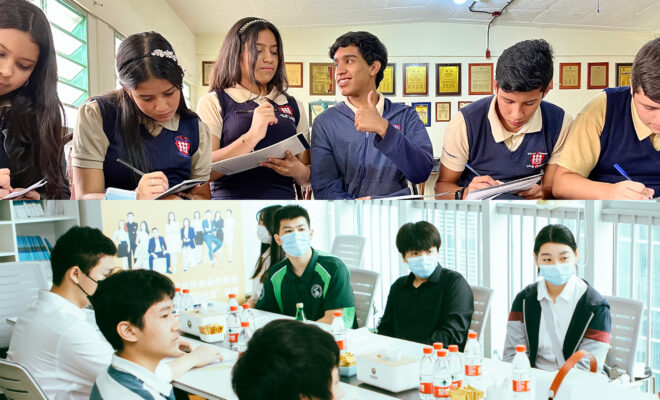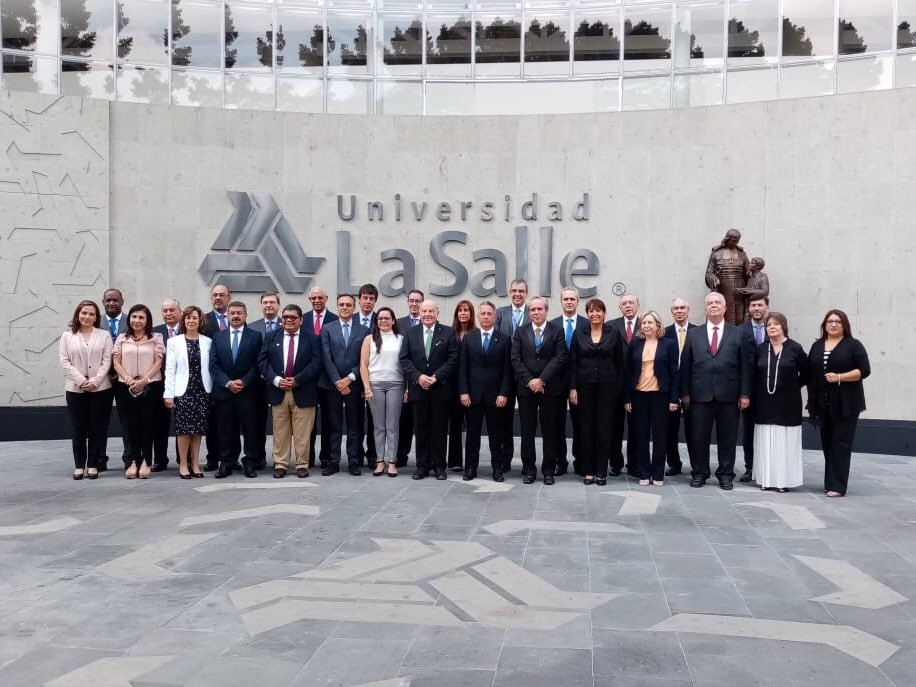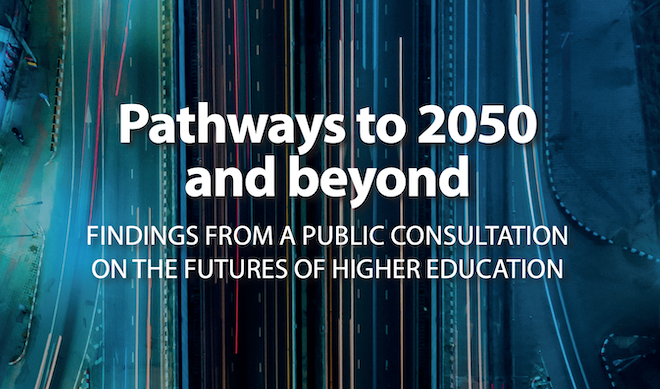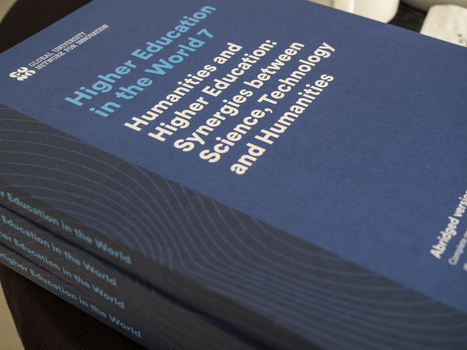A new report analyzes for the first time the global flows of international aid for tertiary education
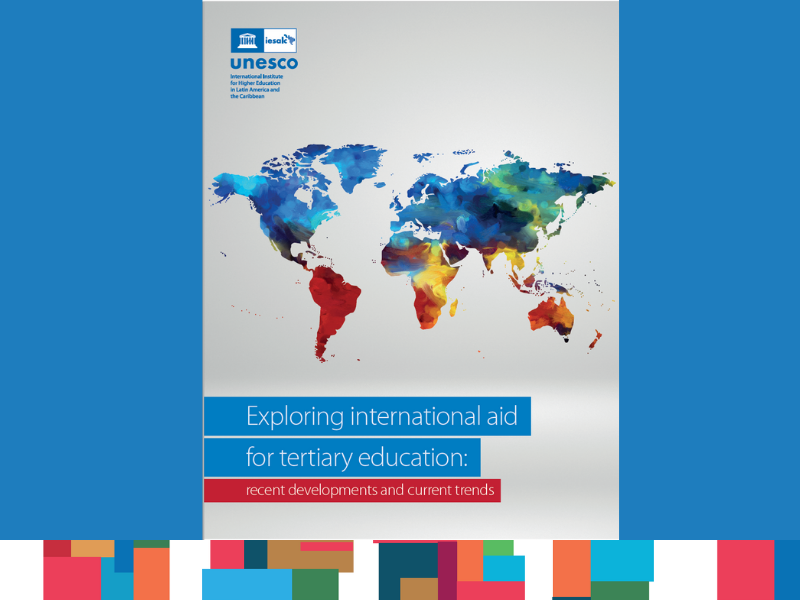
- The study states that international aid targeting tertiary education (TE) has almost doubled between 2002 and 2019, reaching US$5.3 billion in 2019
- Nearly 35%-40% of annual tertiary education aid has targeted Asia and the Pacific. China was the largest recipient with 8% of the total HE aid in 2019
- The largest donors are Germany and France
- Over 70% of aid is given as scholarships to study in the donor country and its inputted costs
- Most TE aid was allocated to the higher education level, with only 3% allocated to short tertiary education programmes (TVET)
- In 2019, TE aid provided over 1000 individual disbursements of under half a million US dollars on average, showing signs of fragmentation
- Half of TE aid flowed via governments while 40% did it through universities, colleges, or research institutes
Even though international aid could become an engine for development, playing a central role in advancing the 2030 SDG Agenda, evidence of international aid outcomes shows mixed development results, with intense debates in favour and against its provision
Exploring international aid for tertiary education: recent developments and current trends (UNESCO IESALC, 2022) is the recent report on international aid that for the first time provides a unique holistic overview of the current trends and characteristics of TE international aid.
The study reveals that international aid targeting TE has almost doubled between 2002 and 2019, reaching US$5.3 billion in 2019, which represented 2.7% of the aid provided. Germany (US$1.71 billion) and France (US$897 million) were the main donors, providing almost half of all TE aid disbursements.
Near 3% of the aid was allocated to short tertiary education programs (TVET), and the remaining funds targeted higher education. Imputed student costs and scholarships/training in donor countries accounted for almost three quarters (72%) of the total TE aid, which may raise questions about their impact on recipient’s TE systems, since those resources are reinvested in donor countries and never reach the recipient countries directly or in the short term.
The report
From 2002 to 2019, low-middle-income countries had the largest share of TE aid (41%), followed by upper-middle-income countries (37%), whereas low-income nations accounted on average for around 10%. A GDP analysis shows that wealthier economies tend to get more aid. The human development or the vulnerability of the recipient nations did not explain the TE aid they receive. For some countries, TE aid represents a substantial proportion of the government expenditure on TE, revealing potential risks of budgetary dependency.
This report aims to serve as a baseline for future in-depth studies at a more granular level and as a critical first input to initiate an inclusive global evidence-based and data-driven dialogue. As a result, the international community could improve the understanding of the particularities of TE aid, enhance donors´ accountability and harmonization, and rethink the approach of TE aid going forward to ensure that TE aid funds reach those more in need under a common global agenda.
Download the report: Exploring international aid for tertiary education: recent developments and current trends
https://unesdoc.unesco.org/ark:/48223/pf0000381747
Related posts
- Falling African share of tertiary education aid ‘a great concern’ (Times Higher Education)
RELATED ITEMS
